Tips for Picking Kitchen Facade Materials
Choosing the suitable material for your kitchen facade is extremely important as it sets the tone and style of your kitchen. We have collected a list of common materials options you can use in your design.
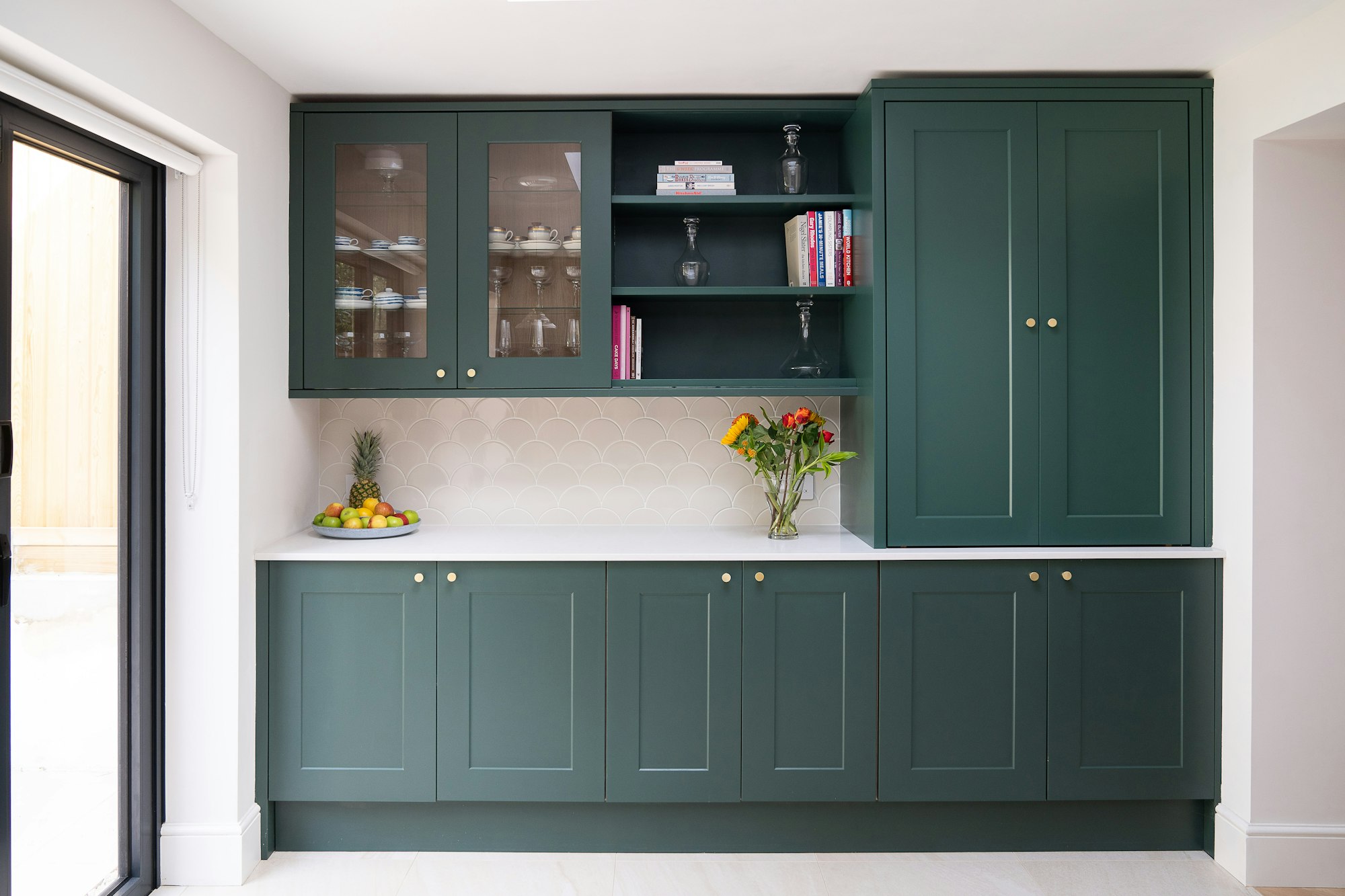
Choosing the right material for your kitchen facade is an extremely important decision. The material itself sets the tone and style of the room and how your kitchen is seen by others. The type of material you choose will also impact your budget and durability of your cabinets.
In this post, we share tips and information for how to choose the best kitchen finishing materials for your kitchen cabinets.
What's in this post:
Facade options for your kitchen cabinets
Facade options for your kitchen cabinets
Let's take a look at the most common kitchen facade options and help you decide which one is the best option for you.
Wood cabinetry and finishings
Wood is a sturdy and solid option and a classic choice for a reason. Choosing wood for your kitchen allows you to add a natural touch to your kitchen and remain confident that it will be durable. The most common woods come from trees such as beech, pine, oak and maple. Each tree has unique characteristics, such as colorings and markings, that will add an interesting depth to your kitchen.
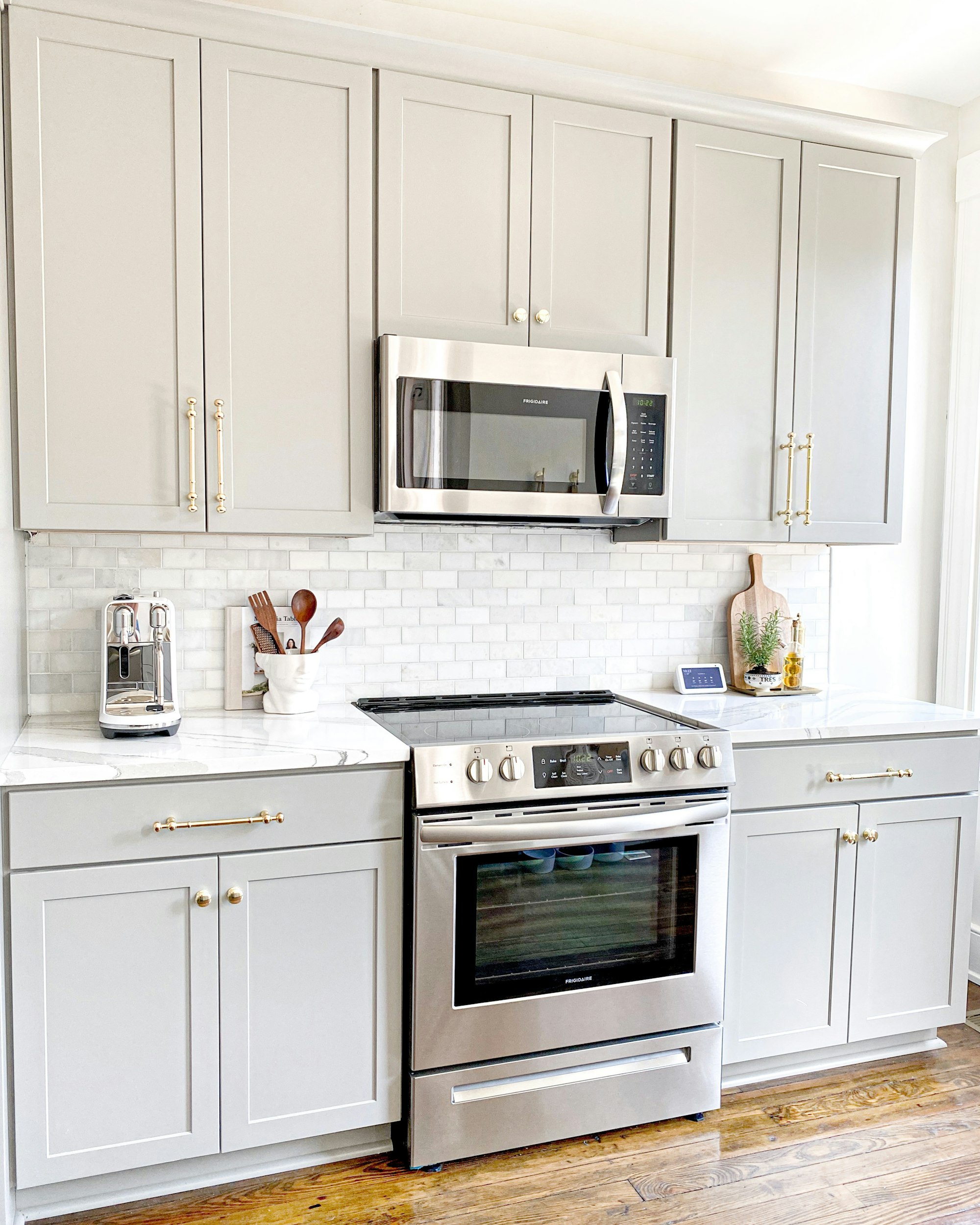
When it comes to cost, wood is on the higher end of the price as there is a lot of manufacturing involved in creating wooden facades. Therefore this may not be a practical choice for everyone. Wood can be restored, painted and repurposed, so if you choose to go this route, you can be guaranteed that you will have something that is aesthetically beautiful and that will last a lifetime.
Chipboard panels
Chipboard is a cheaper alternative to wood, usually made from wood chips pressed together and laminated in a design reminiscent of natural wood. The great thing about this is the cost-effectiveness if you want to go for the wooden aesthetic. However, there are many downsides.
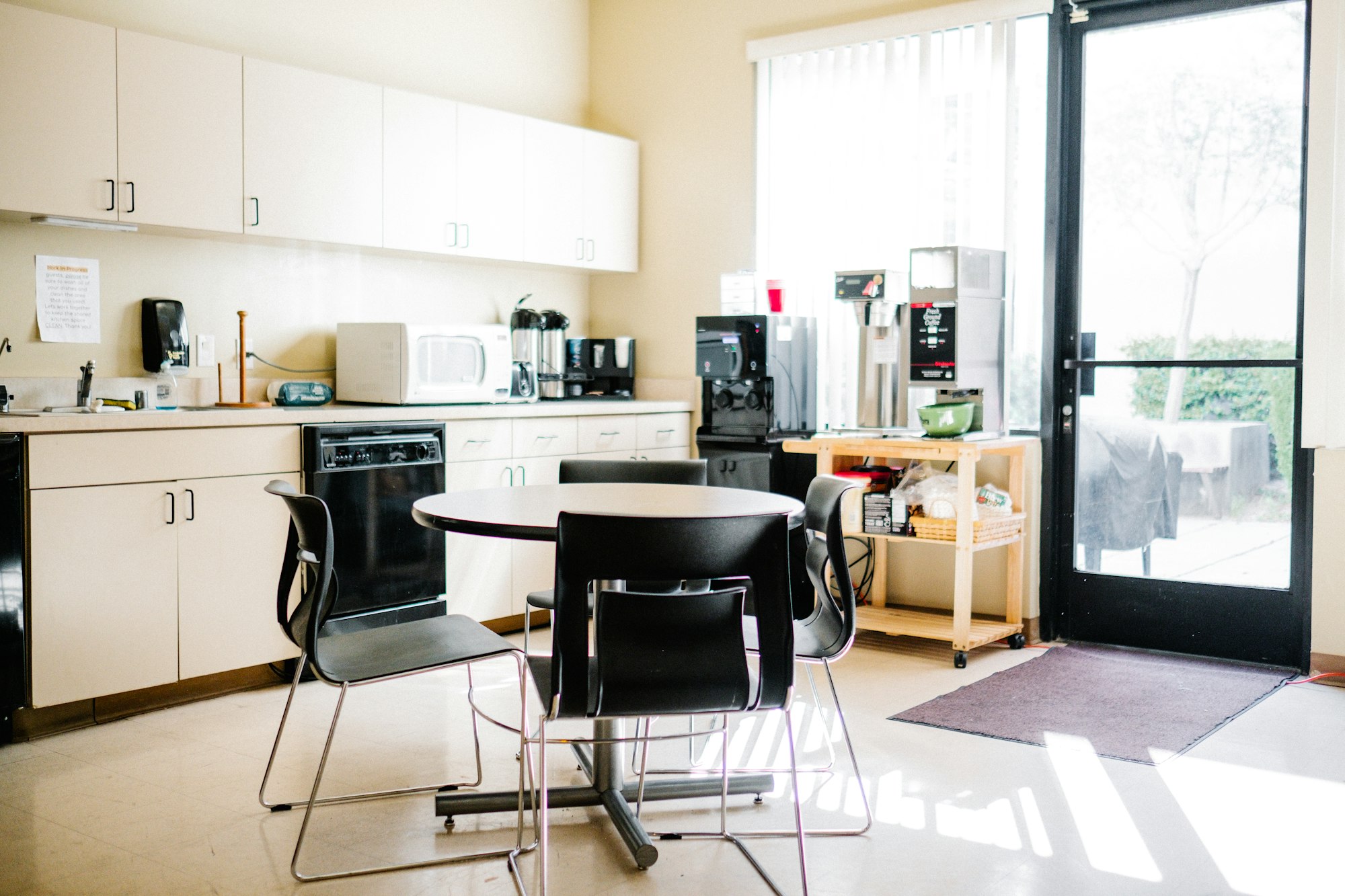
Chipboard is not very water-resistant and may absorb more liquid than it can tolerate. If this happens, the chipboard can swell and become misshapen, creating an unattractive surface. However, the laminate that covers the chipboard is there for this reason, and water absorption would only be if the laminate is compromised.
If you opt for laminated chipboard, it is important to be aware of the quality of the laminate. Do your research, read customer reviews, and check out the varieties in person to get a feel for the quality before making any decisions. If you make the right choice, you may find that a chipboard facade can last you for a very long time.
Plastic facades
Plastic facades are not entirely typical, as plastic has a reputation for being cheap and ugly. However, they do exist! With these facades, the only downside may be aesthetics. It may not be the right choice if you want a specific look or theme in your kitchen. This consideration is critical if you have invested a lot of time and money into the other areas of your kitchen to make it more modern or upscale.
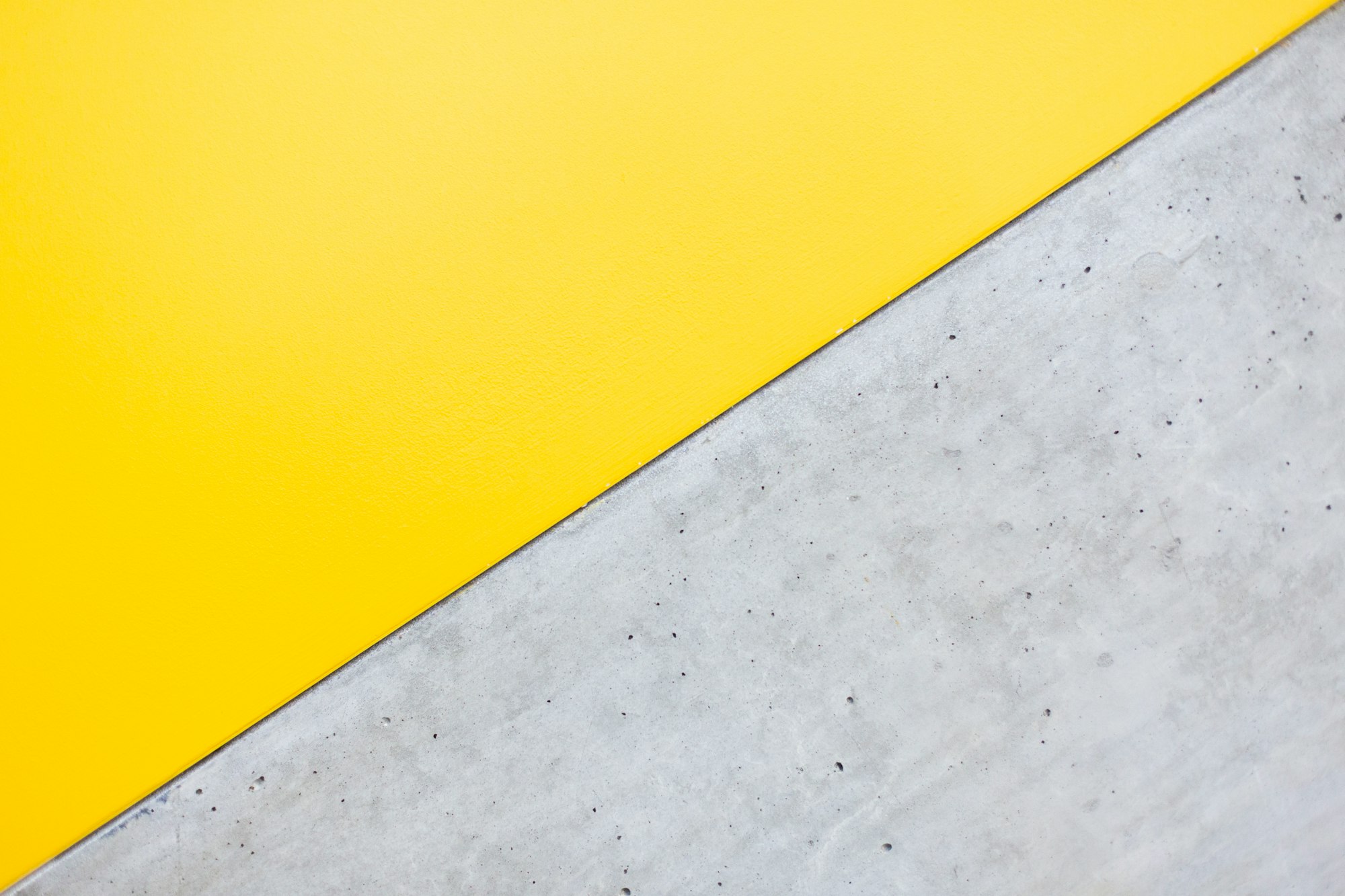
While it does have a reputation for being cheap, there are many benefits to a plastic facade should you choose it. The most obvious is its resistance to water and other liquids. Plastic is easy to clean and tends to be smooth, so any spillages in the kitchen will take minutes - which is always a bonus.
While it is not classically durable to heat and weight, some modern plastics can be as strong as steel and heat resistant as any other material. This durability makes it an option as a kitchen cabinet facade. While plastic may not be commonly used on its own, it is often combined with other materials. This blend can reduce costs, but combined with these materials, it gives you more options and benefits.
Stainless steel
Metal has a solid reputation and incorporating metal finishes into a kitchen can come with many benefits. In general, stainless steel is the most commonly used metal in kitchen facades. It's strong and durable material so investing in kitchen facade made of stainless steel would be something that is guaranteed to last.
While metal is not so common in the standard person's kitchen - unless combined with other materials such as plastic, glass and MDF, it is extremely common in kitchens that are used for industrial, catering, or for restaurant purposes.

Metal looks modern so it's a great addition to an industrial style home but when it comes to its advantages other than aesthetics and its durability, metal is easy to clean and sanitary and because of its commonly smooth nature and openness, any spillages, problems, dirt, etc. can be easily spotted and seen to. A downside? Like wood, metal is expensive and therefore not always an option however, like wood, metal is an investment for the future.
MDF
MDF is the most common material used to produce facades and kitchen furniture. MDF tends to be a base for many finishings and, in many cases, can be stronger and perform much better than other materials, such as wood. Like plastic, it is relatively cheap, however, unlike plastic, it tends to be used a lot more in home kitchens.
When it comes to MDF coverings, these are typically veneer or laminates. However, they may be combined with other materials such as metals, glass, and plastics and even painted with enamel. Veneers and laminates are the most popular, however, as these can be molded as you please and have various design choices, shapes, colors and textures, with the most common veneer choice being wooden-like. The most common laminate is sleek, easy-to-clean PVC.
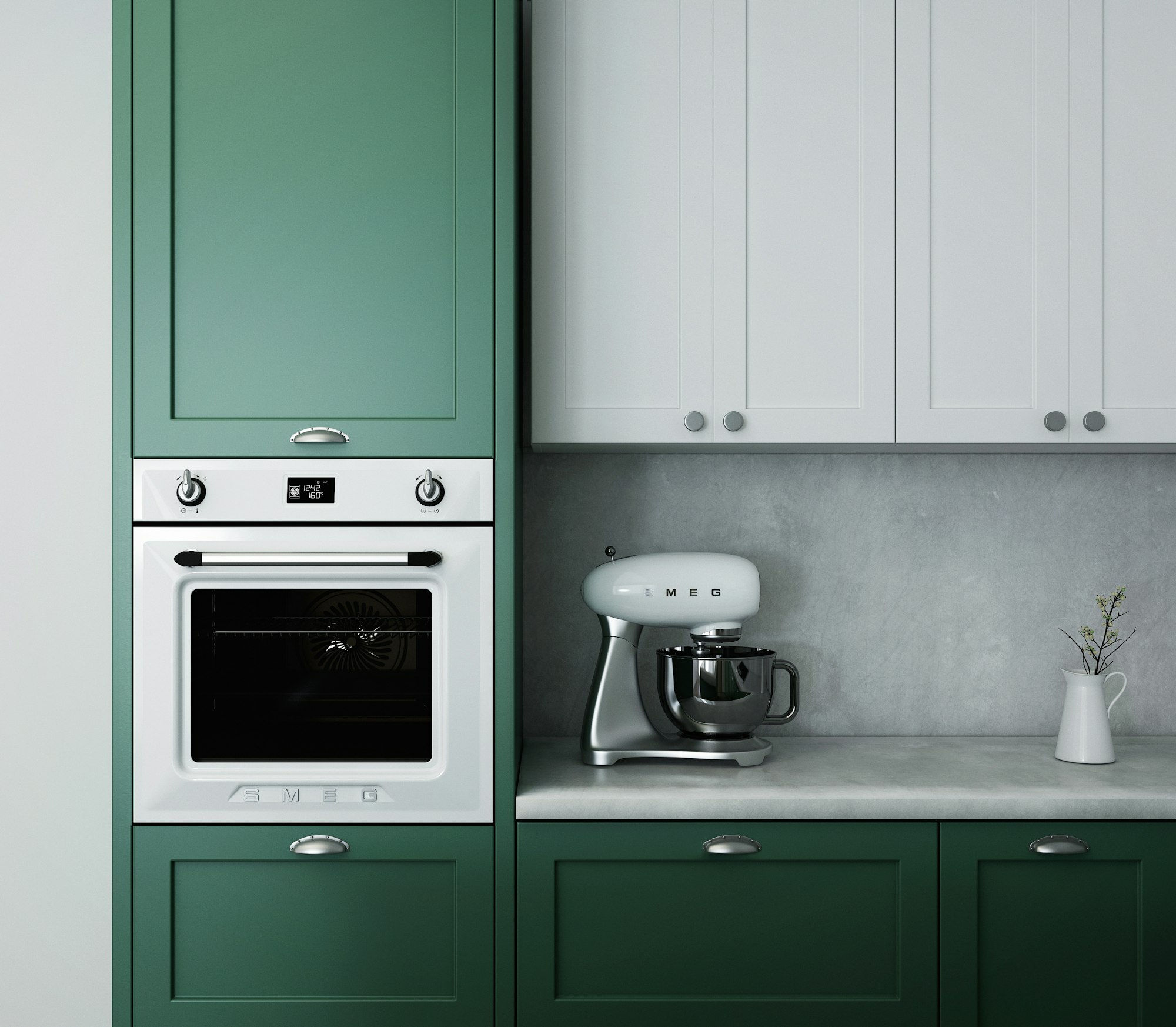
With wooden veneer, typically only thin sheets of the actual natural wood are placed over the MDF and do not impede the strength of the base material. With a wooden veneer, you will have an exciting and expensive facade that is great as an alternative to real wood. However, using natural materials over the MDF will increase the price point compared to cheaper alternatives.
Using MDF with PVC film is an excellent choice, as these come in a wide variety of styles, colors and finishes. The more options you have, the more interesting and unique you can give your kitchen. This finishing is a very popular option due to the price point and the level of quality that comes with it.
With facades made from MDF coated with enamel, you are guaranteed a high-quality flawless finish that is seamless and smooth. These tend to be manufactured relatively quickly, should you have one ordered to be made. With enamel, it tends to be of high quality and resistant to liquids and heat, like other more expensive materials. Due to this, you can rest assured that this type of facade will be a great investment for years to come.
Color choices
The kitchen is the heart of every home, where many family members gather and a space everyone tends to gravitate to. While the material of the facade you choose is extremely important based on factors such as aesthetics, cost and general style of the owner and room, the color of the kitchen cabinet finishing you select is also important.
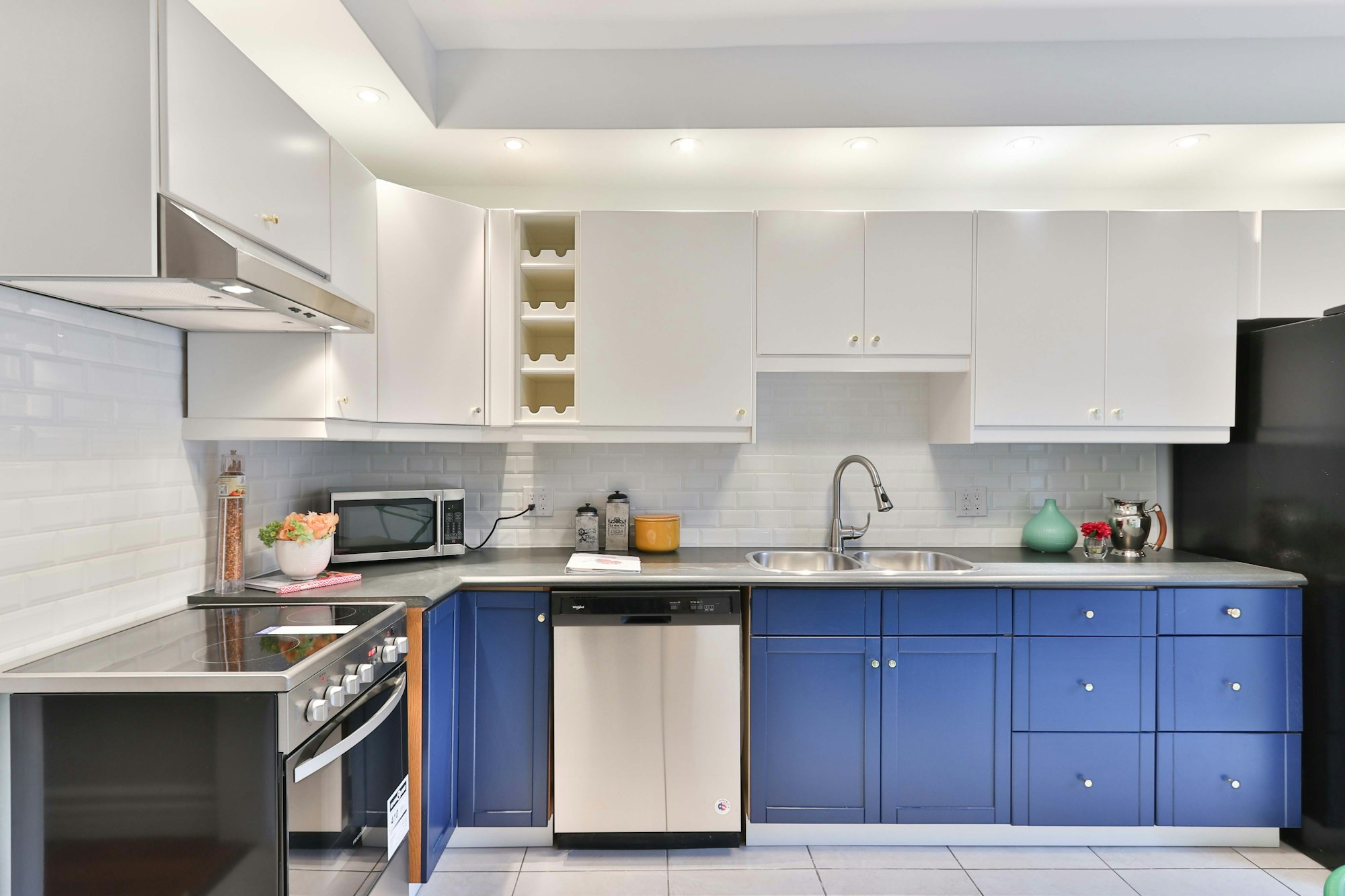
When you have decided upon the material for your kitchen facade, the color comes next. As always, the psychology of colors is a significant factor here. While many kitchen facades come in standard brown, different shades of wood or white, the color ultimately depends on your overall color scheme.
Tips for choosing a color for your kitchen
Here is what to keep in mind when deciding on the color of your kitchen cabinets and the overall color of the room.
- The size of the kitchen: For example, if the kitchen is on the smaller side, darker colors are the wrong choice.
- The lighting: Natural lighting may change the color of your chosen facade to something you did not anticipate. Likewise, if natural lighting isn't an issue, other lighting choices come into play.
- Lighter color choices: It works great in creating the optical illusion of more space but may also show more dirt - choose wisely.
- Color contrasts: Contrasting colors are a great way to get the best of both worlds. For example, a monochromatic kitchen is always a winner and red - which psychologically evokes hunger, is excellent when paired with metallics and blacks.
- Aggressive Choices: Choosing a bold or aggressive color that is too bright may be extremely off-putting and not allow you to relax and enjoy your kitchen.
- Consultation: Speak with experts, speak with family members, friends and anyone else who holds an opinion you respect. It's always great to get the advice of others, not only when it comes to facade material choices but also colors.
Conclusion
While it may seem daunting given the number of material choices flooding the market, choosing the material for your kitchen facade is (luckily) not a choice you have to make every often - unless you´re in the business of doing so.
The suitable material can last you a lifetime, and the right choice can save you a lot of headaches and money, so it is important to know the facts and your options. We hope that with our tips, you can make an informed decision when choosing the perfect kitchen facade material for your home.
